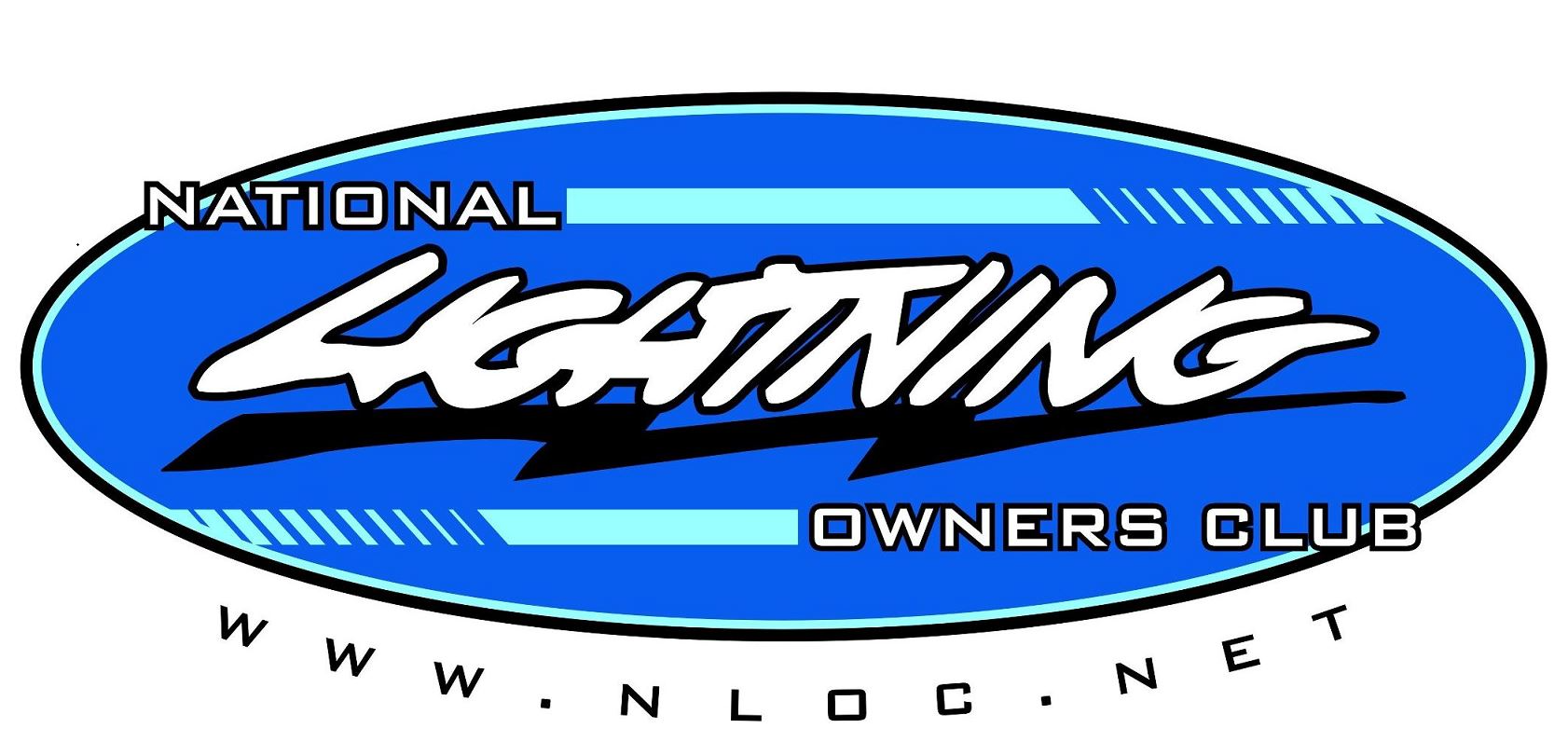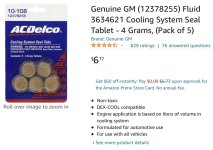Last year I replaced my water pump along with all the bolts with the ARP kit from LMR. I’ve recently noticed I have a small puddle of coolant on top of either side of the timing chain cover. I did not remove the timing chain cover while doing the water pump so I’ll assume that gasket is still okay.
I’m wondering if I should have used thread sealant on the bolts going into the water jacket? It’s just a small bit of coolant seepage which makes me think it’s getting past the bolts. I don’t see any other leaks.
I’m wondering if I should have used thread sealant on the bolts going into the water jacket? It’s just a small bit of coolant seepage which makes me think it’s getting past the bolts. I don’t see any other leaks.




